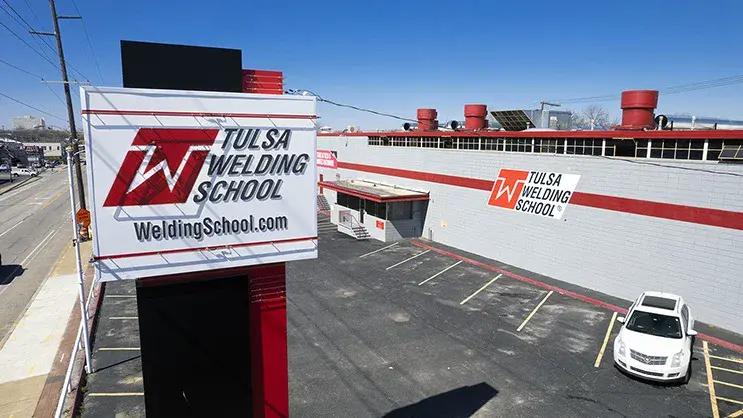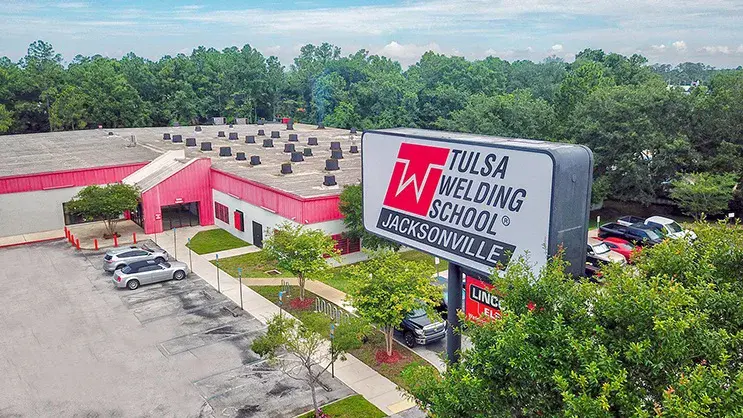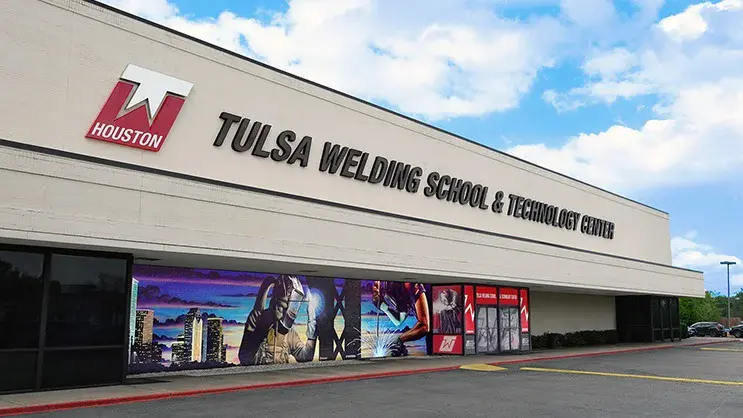TWS is a Great Training Option for Everyone
Learn more about how we can prepare you to advance your career.
Every industry changes a lot, month over month, year over year. Part of any industry professional’s job is keeping up with those trends—and yes, that includes welding.
Welding, in fact, experience a lot of new technological innovations, and 2018 is shaping up to be another year of big, big changes.
These three new developments mean a lot of fundamental shifts in how the art of welding is approached.
1. Wearable Technologies
Wearable technologies are exactly what they sound like: technologically advanced equipment you physically wear to perform a job.
Have You Considered a Career in the Skilled Trades?
Fill out the form to recieve a no obligation info packet.
One of the most popular trends in wearable technologies is the robotic exoskeleton. Here are a few examples of this type of exoskeleton that are used in construction and manufacturing:
- Mechanical arms that support heavy tools
- Chair-less chairs that reduce the fatigue that accompanies standing or crouching for long periods of time
- Full-body powered suits that supply extra strength and support
Robotic exoskeletons have lots of benefits for both the worker and the industry:
- They reduce worker fatigue, injuries and medical costs.
- The increase the quality of work by improving alertness and productivity.
- They ultimately help keep workers in their physical prime and part of companies for longer.
The Airframe exoskeleton, for example, shifts the weight of the arms to the core area from the upper back, shoulders and neck. It’s been proven to increase the efficiency and quality of work of welders in the agricultural industry.
A study found one exoskeleton model, the Airframe, contributed to an 86 percent increase in the number of joints workers welded just by counteracting muscle fatigue, one study found. The study also noted that welders were able to work with precision over extended periods of time, thanks to this technology.[1]
2. Skilled Trades Shortage
This is a well-documented problem. We have talked about the skilled trade workers shortage a lot on this blog, in fact.
And it’s not showing any signs of getting better in the near future. The American Welding Society predicts the country will need more than 400,000 welders by 2025.
The construction industry struggled to find skilled workers to help with the rebuilding effort after the recent hurricanes in the southeastern United States. Welders play an important role in the construction industry, supplying the joints for steel-frame buildings. Their work is also essential to the oil and gas industry, which suffered a lot from Hurricane Harvey.[2]
Construction isn’t the only sector burdened with filling skilled positions. The manufacturing industry, the largest employer of welders, estimates it will be short 2 million workers by 2025.[3]
Several factors are cited as contributing to the skills gap:
- Retiring workers
- An expanding industry
- Fewer vocational education programs at public high schools
- A lack of science, technology, engineering and mathematics (STEM) skills
- Misconceptions about working in the manufacturing industry among young men and women[4]
These factors are universal; they are same reasons for the shortage in the construction industry and other fields reliant on skilled workers.
3. Virtual Reality
Labor accounts for a huge portion of the expense of the average welding operation—85 percent. When employers find job candidates for open welding positions, how can they conduct qualification tests in cost-effective ways?
One solution is virtual reality (VR). VR enables employers to test applicants on core processes through digital simulations of a real work site. They supply data on a welder’s productivity, arc-on time and quality of work.[5]
Schools have also been using VR as a tactic for attracting young men and women to trades like welding. We recently launched a 360-degree virtual reality video that shows the various workplaces welders occupy, such as skyscrapers and ships, to give our students an idea of where a welding career could take them.
Welding Career Enrichment
Industry trends come and go. Keeping up to date of them is one of the best ways to continue advancing your career.
Always be informed. Learn more about the technology that is revolutionizing welding.
[1] http://www.machinedesign.com/motion-control/manufacturing-workers-become-more-human-exoskeletons
[2] https://www.cbsnews.com/news/labor-shortage-a-new-blueprint-for-americas-construction-trades/
[3] https://www.bls.gov/ooh/production/welders-cutters-solderers-and-brazers.htm#tab-3
[4] https://www2.deloitte.com/us/en/pages/manufacturing/articles/boiling-point-the-skills-gap-in-us-manufacturing.html
[5] http://www.aviationpros.com/press_release/12385845/addressing-the-welder-shortage-with-technology
This blog has been labeled as archived as it may no longer contain the most up-to-date data. For a list of all current blog posts, please visit our blog homepage at https://www.tws.edu/blog/







